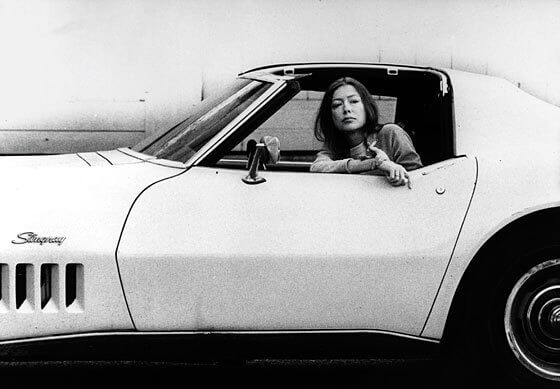“Rich Girl Hair” Is the Latest Anti-Status Status Symbol


So. Many. Status. Symbols.
In New York, status is impossible to escape. It rears its head in the most unexpected of places: the kind of sunset view you post to Instagram, the subway stop you reveal is closest to your home, the book you read on your morning commute. But, of course, there is no better way of demonstrating status—of showing you possess a certain kind of cool—than by looking a certain way and pulling off a specific style. And what is that style exactly? Simple: It’s being rich.
New York’s The Cut has a post today about the ubiquity of what Kathleen Hou calls “rich girl hair” on the runways this Fashion Week, and even reveals the secrets of how to get this seemingly effortless hairstyle. Hou reminds us that “simple is still cool” and equates the streamlined (think long, loose hair that hangs almost straight down the back with just the slightest hint of a wave) style with the same kind of “easy luxury” that has also driven the recent bare-faced beauty trend. The key to both of these styles is that they require a pre-existing perfect palette: Your face and hair must already be flawless if they are to look good unadorned. But what kind of woman has preternaturally clear skin or hair with just the right amount of fly-aways? Simple—the kind who can spend thousands of dollars a year on pricy creams and procedures or can afford regular blow-outs and root touch-ups. In other words: Rich girls.
The long-acknowledged truth that to be effortless requires quite a bit of effort (and money!) would perhaps be easy to dismiss as cliché by now if its effects weren’t so insidious due to the fact that the “natural” look that so many fashion writers are espousing is only “natural” for very specific demographics. After all, it is not a “natural” look for African-American women to have long, straight hair parted down the middle and hanging loose and flat down the back. And much in the same way that “good taste” is usually just code for having money, the lengths that many people would have to go to achieve this effortless type of style are cost-prohibitive for the masses. And beyond just being cost-prohibitive, there is something even worse at play, namely, a cultural insistence that the only style that is valuable is one passed down by a specific blend of desirable genetics, and in much the same way that not everyone will inherit their grandmother’s vintage Dior, many people have no hope of realistically participating in beauty trends designed to elevate the already elite. So forgive us if we are not all that interested in achieving “rich girl hair;” style is just not worth bankruptcy.
Follow Kristin Iversen on twitter @kmiversen
You might also like 




















